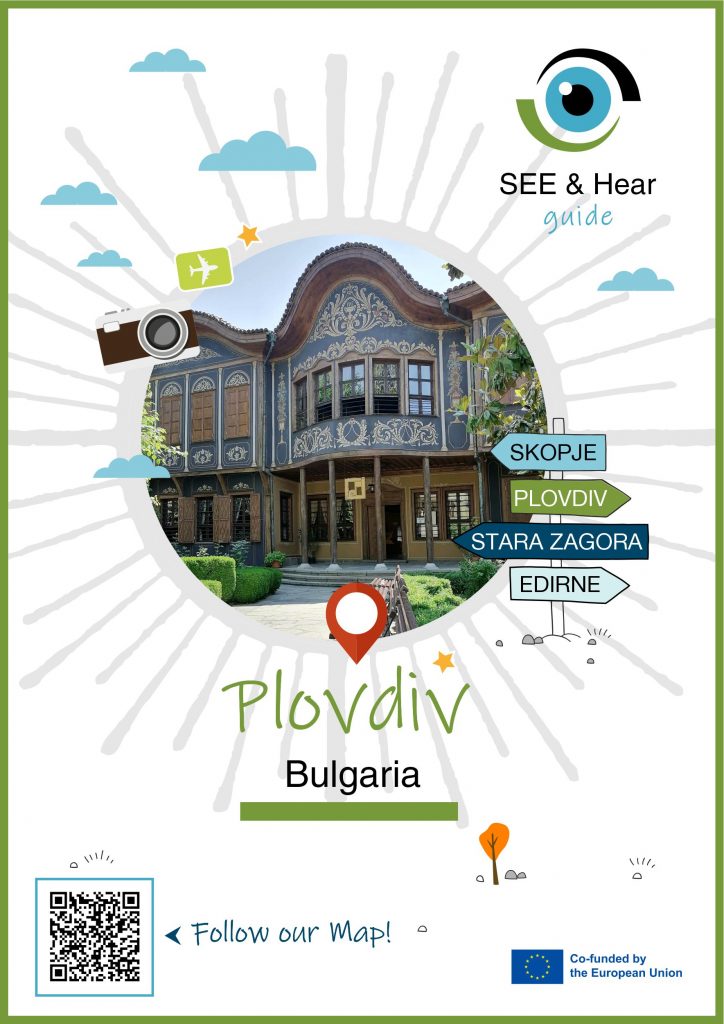
SEE and Hear – a walk around Ancient Plovdiv
As promised in our initial article, dedicated to the objectives of our project ‘’See and Hear’’, we shall tell you about each and every city and what impressed us and our partners most.
We are starting with the oldest city on the map of Bulgaria – Plovdiv. A city older than Rome, home to more than two civilizations and nowadays a place of expression, diversity and inspiration!
Thinking of visiting Plovdiv, but not sure where to begin from? Our guide will show you the way: SEE and Hear Plovdiv Guide
The oldest city in Europe’s history begins around eight thousand years ago where there were considered to be initial signs of life by an unknown tribe. The first ever known civilization to inhabit the city were the Thracians. Other inhabitants include the Greeks, of course the Romans and the Ottomans. After the Liberation from Ottoman rule, Plovdiv started developing an even more prominent identity. Nowadays it is best known for having one of the longest pedestrian streets in Europe, Kapana and the artifacts from Roman times.
Our walk in Plovdiv was intense and full of intriguing sights. We used paper maps to establish our location and go to the next one. Some of the most interesting stops were The Roman Theatre, The St. Constantine and Helena Church, The Ethnographic museum and the Big Basilica. We also visited the Ethnographic museum which is a home to various cultural events, festivals and handcraft workshops. Our project’s main objective is to inform tourists and locals on the known and not so well-known sights in Plovdiv, Edirne, Stara Zagora and Skopje. For Plovdiv, the participants created a guide of the most interesting sights which they believe represent the city the most. The guides not only distribute accurate and educational material, but they can also be used to help newcomers decide on which sightseeing they wish to visit when coming to the city!
The”See and Hear” project is funded by the European Union. Views and opinions expressed are however those of the author(s) only and do not necessarily reflect those of the European Union or the European Education and Culture Executive Agency (EACEA). Neither the European Union nor EACEA can be held responsible for them.